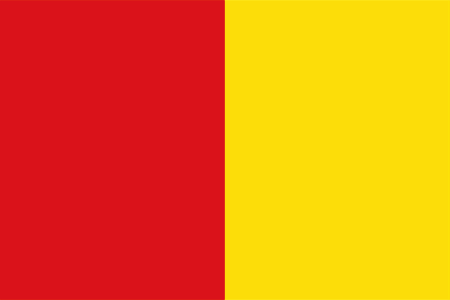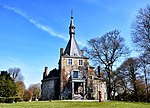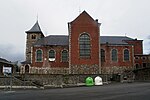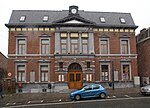Prince-Bishopric of Liège

The Prince-Bishopric of Liège or Principality of Liège was an ecclesiastical principality of the Holy Roman Empire that was situated for the most part in present-day Belgium. It was an Imperial Estate, so the bishop of Liège, as its prince, had a seat and a vote in the Imperial Diet. The Prince-Bishopric of Liège should not be confused with the Diocese of Liège, which was larger and over which the prince-bishop exercised only the usual responsibilities of a bishop. The bishops of Liège acquired their status as prince-bishops between 980 and 985 when Bishop Notker of Liège, who had been the bishop since 972, received secular control of the County of Huy from Emperor Otto II. From 1500, the prince-bishopric belonged to the Lower Rhenish–Westphalian Circle. Its territory included most of the present Belgian provinces of Liège and Limburg, and some exclaves in other parts of Belgium and the Netherlands. It briefly became a republic (the Republic of Liège) from 1789 to 1791, before reverting to a prince-bishopric in 1791. The role of the bishop as prince permanently ended when the state was annexed by France in 1795. In 1815 the territories it had held became part of the United Kingdom of the Netherlands, and in 1830 they were within the part of that kingdom which split off to become Belgium. The principality ruled by the bishops of Liège was never part of the Seventeen Provinces or the Spanish and Austrian Southern Netherlands, but from the 16th century onwards its politics were strongly influenced by the dukes of Burgundy and later the Habsburgs. In 1559 its 1,636 parishes were grouped into eight archdeaconries, and twenty-eight councils, chrétientés (deaneries). The most important cities (bonnes villes) of the bishopric were: Liège, Beringen, Bilzen, Borgloon, Bree, Châtelet, Ciney, Couvin, Dinant, Fosses-la-Ville, Hamont, Hasselt, Herk-de-Stad, Huy, Maaseik, Peer, Sint-Truiden, Stokkem, Thuin, Tongeren, Verviers, Visé and Waremme. The city of Maastricht fell under the joint jurisdiction of the prince-bishop of Liège and the duke of Brabant (later the States-General of the United Provinces). The second city of the prince-bishopric thus kept its special status throughout the ancien régime.
Excerpt from the Wikipedia article Prince-Bishopric of Liège (License: CC BY-SA 3.0, Authors, Images).Prince-Bishopric of Liège
Rue Henri Goossens,
Geographical coordinates (GPS) Address Nearby Places Show on map
Geographical coordinates (GPS)
| Latitude | Longitude |
|---|---|
| N 50.666666666667 ° | E 5.5 ° |
Address
Rue Henri Goossens
Rue Henri Goossens
4430
Liège, Belgium
Open on Google Maps









